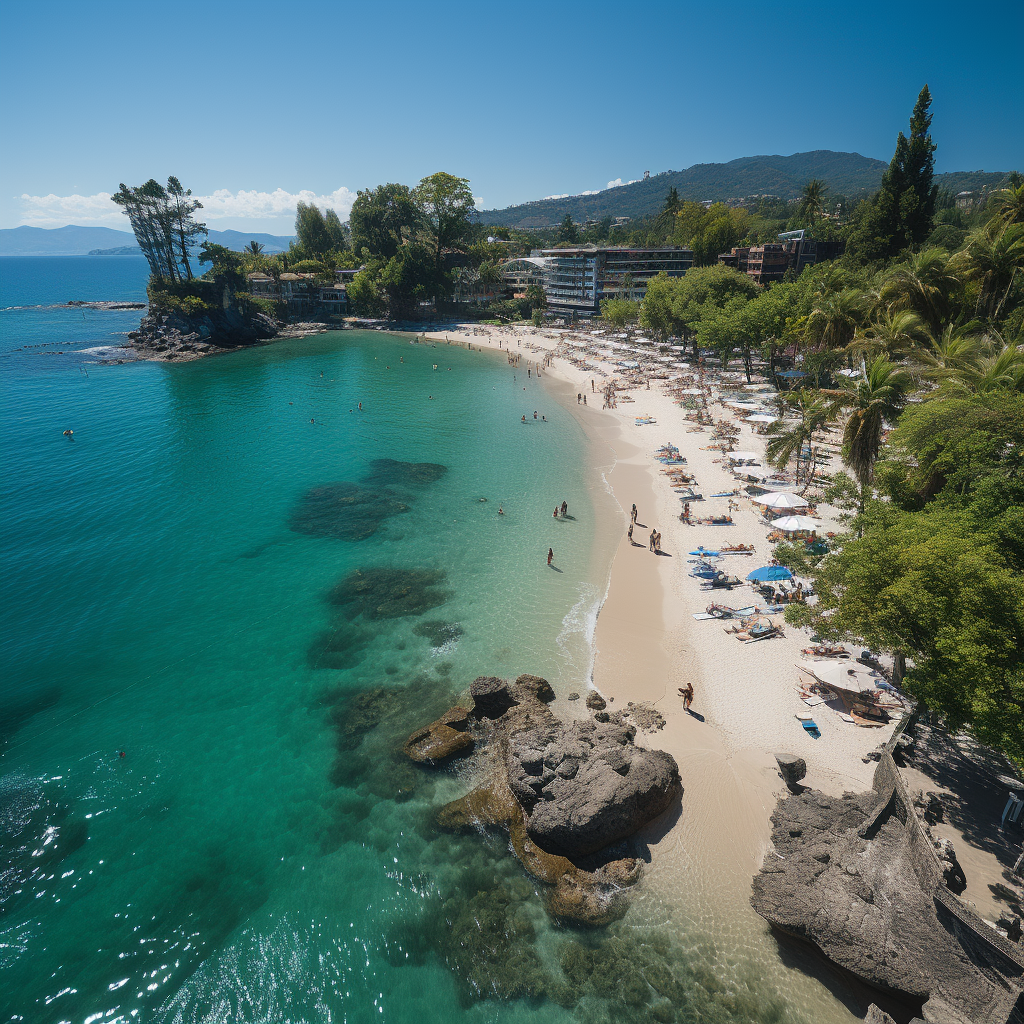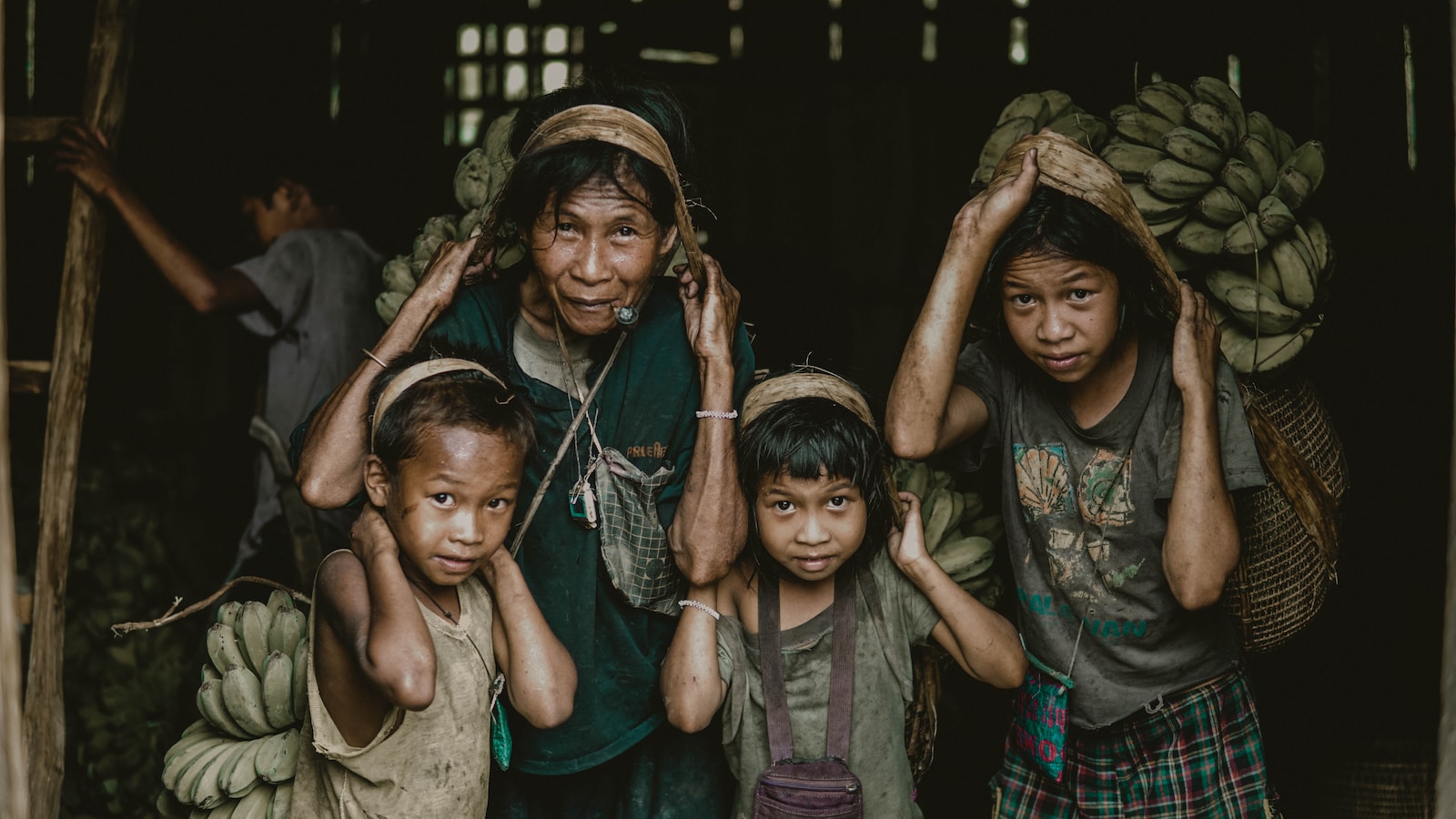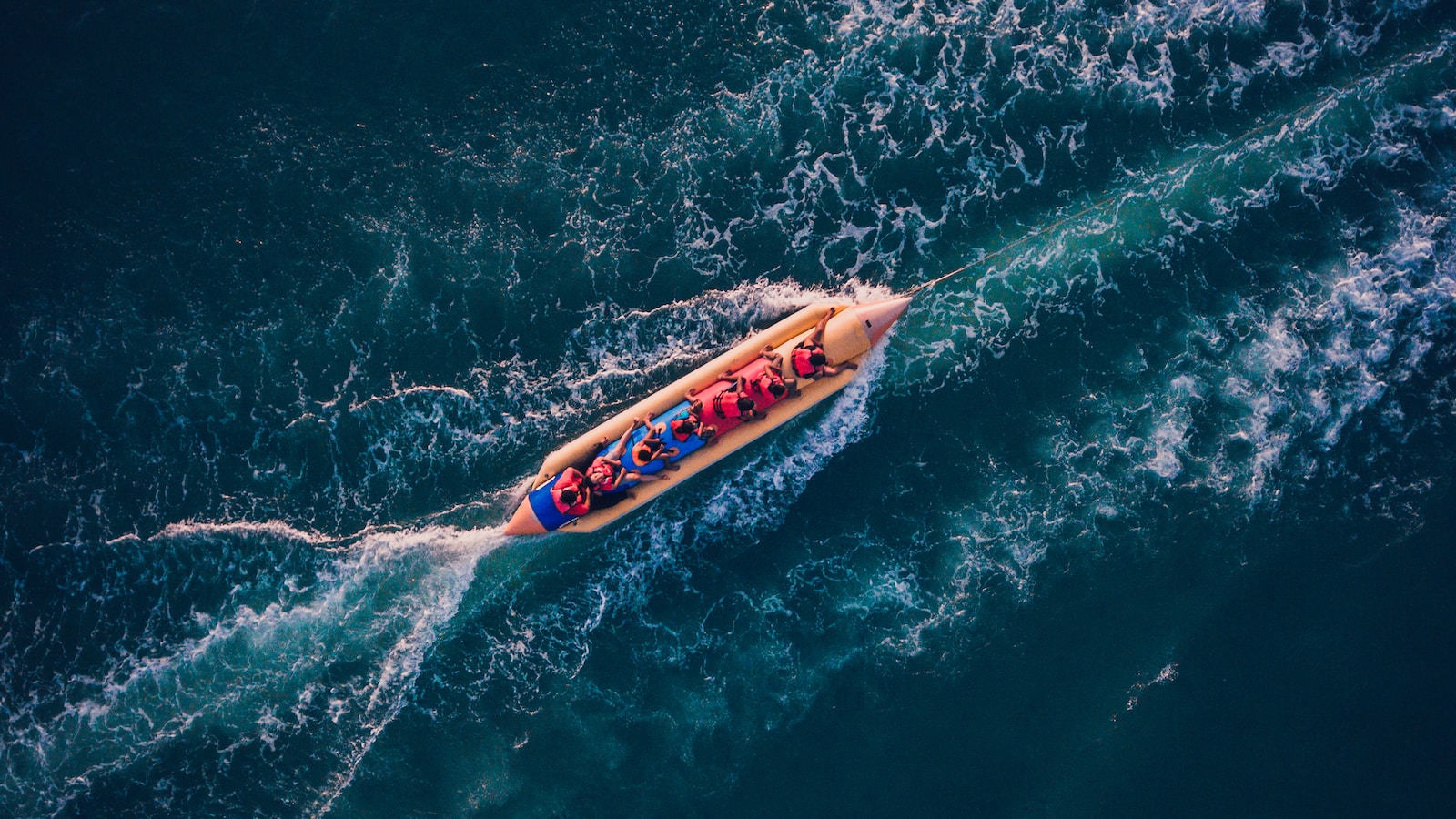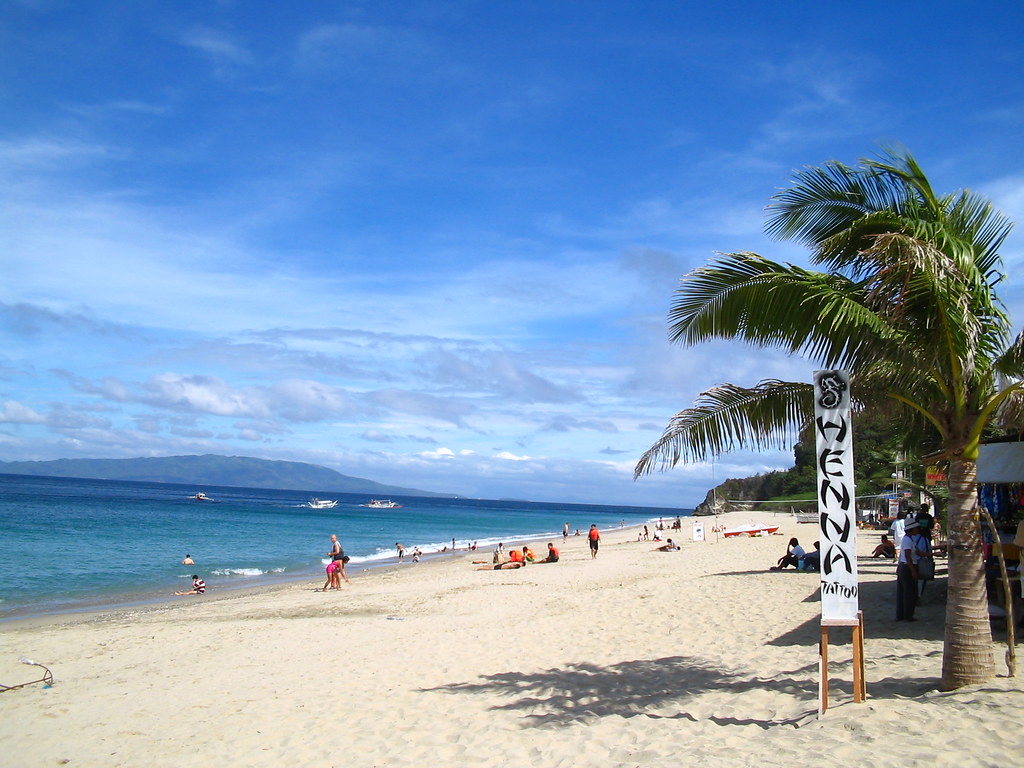Oriental Mindoro is a province located in the MIMAROPA region of the Philippines. It is situated on the eastern half of Mindoro Island, which is the seventh-largest island in the country. Oriental Mindoro is known for its beautiful beaches, lush forests, and diverse wildlife.
The province has a total land area of 4,364.7 square kilometers and is composed of 14 municipalities. Its capital is Calapan City, which is also the regional center of MIMAROPA. Oriental Mindoro is accessible by land and sea transport, with the Strong Republic Nautical Highway passing through the province. The nearest airport is located in San Jose, which has flights to and from Manila.
Oriental Mindoro is a popular tourist destination, with attractions such as the Tamaraw Falls, Mt. Halcon, and the Apo Reef Natural Park. The province is also known for its agricultural products, particularly rice, coconut, and banana. With its natural beauty and rich culture, Oriental Mindoro is a must-visit destination for travelers looking to explore the Philippines.
Geographical Location
Oriental Mindoro is a province located in the southwestern part of Luzon, facing the Sibuyan Sea on the north and the Tablas Strait on the south. It is bounded on the east by the island province of Marinduque and on the west by Occidental Mindoro. The province is composed of 14 municipalities and one city, Calapan, which is the provincial capital.
The province covers a total land area of 4,238.38 square kilometers, making it the 20th largest province in the country. It is divided into two congressional districts and has a total of 426 barangays.
Oriental Mindoro is known for its rich natural resources, including its vast forests, fertile land, and abundant marine resources. It is also home to several islands, including Verde Island, which is located in the Verde Island Passage, one of the richest marine biodiversity areas in the world.
The province is accessible by land, sea, and air. The Calapan City Port serves as the gateway to the province, with regular ferry trips to and from Batangas and Puerto Galera. The province also has an airport, the Francisco Reyes Airport, located in the municipality of Naujan, which serves domestic flights.
The province is also home to several municipalities with their own unique attractions. Puerto Galera is known for its white sand beaches and diving spots, while Bongabong is home to the Mangyan Heritage Center, which showcases the culture and traditions of the Mangyan indigenous people. Other municipalities, such as Pinamalayan, Gloria, and Mansalay, are known for their agricultural products, including rice, coconut, and bananas.
Overall, Oriental Mindoro’s strategic location and rich natural resources make it a prime destination for tourism and investment.
History
Oriental Mindoro has a rich history that spans centuries. It was initially inhabited by the indigenous Mangyan people before the arrival of Chinese traders in the 10th century. The Malays also arrived in the area and established settlements in the coastal areas. In the 16th century, the Spanish colonizers arrived in the Philippines, and Oriental Mindoro was included in their territories.
During the Philippine Revolution in the late 19th century, Oriental Mindoro played a significant role, with many of its residents actively participating in the struggle for independence. The province was also affected by World War II, with Japanese forces occupying the area and committing atrocities against the locals.
After the war, the National Resettlement and Rehabilitation Administration (NARRA) was established to help displaced Filipinos rebuild their lives. Bongabong-Pinamalayan, two municipalities in Oriental Mindoro, were among the areas chosen for resettlement.
In 1994, Oriental Mindoro was hit by a devastating earthquake that caused significant damage to infrastructure and affected the lives of many residents. Despite this setback, the province has continued to thrive and make history in various fields.
Today, Oriental Mindoro is known for its diverse culture, natural beauty, and agricultural products. Its history has shaped its present, and its people continue to build a bright future for the province.
Culture and People
Oriental Mindoro is a province in the Philippines that is home to a diverse group of people, including the Mangyans, Tadyawan, Buhid, Iraya, Alangan, Mahalta, and Mina de Oro. The province is known for its rich culture, which is evident in its festivals, traditions, and way of life.
The Mindoreños, the people of Oriental Mindoro, are known for their hospitality and warm demeanor. They are friendly and welcoming to visitors, making the province a popular destination for tourists. The province’s culture is deeply rooted in its history and is evident in its architecture, cuisine, and traditions.
The Mangyans, one of the indigenous groups in the province, have a unique culture that is distinct from the rest of the population. They have their own language, beliefs, and customs that have been passed down from generation to generation. The Mangyans are known for their intricate weaving and embroidery, which are highly valued in the province.
The Alangan Mangyans, in particular, have a rich cultural heritage that is evident in their music, rituals, and use of plants. They have a deep respect for nature and believe that everything in the environment has a spirit. The Alangan Mangyans are also known for their intricate beadwork, which is used for their traditional clothing.
The Tadyawan, Buhid, and Iraya are also indigenous groups in the province, each with their own unique culture and traditions. The Tadyawan are known for their intricate woodcarvings and basket weaving, while the Buhid are known for their intricate embroidery. The Iraya, on the other hand, are known for their traditional dances and music.
Overall, the culture of Oriental Mindoro is diverse and rich, with each group contributing to its unique identity. The people of the province take pride in their heritage and are committed to preserving their traditions for future generations.
Governance
Oriental Mindoro is a province in the Philippines with a distinct system of governance. The official, Governor Humerlito “Bonz” A. Dolor, leads the province and has been recognized for his distinguished public service. Under his leadership, Oriental Mindoro has achieved record firsts in various sectors.
The province is composed of 14 municipalities, each with its own elected officials. The SK chairman, or Sangguniang Kabataan chairman, is also an important figure in local governance as they represent the youth sector in their respective municipalities.
Oriental Mindoro is also part of the DPWH-DENR-DILG-DOTR Joint Memorandum Circular No. 1, which aims to promote sustainable tourism development in the Philippines. The province is also implementing the DENR Department Administrative Order No. 14 series of 2019, which mandates the creation of an inter-agency committee (IAC) for the rehabilitation and management of the Verde Island Passage.
Through collaborative governance, Oriental Mindoro has been able to address various issues and challenges. The province’s leaders work together with different sectors and agencies to ensure the effective delivery of services and programs. This approach has resulted in the successful implementation of various projects, such as the organically-grown rice-based farming and marketing project in Bongabong.
Overall, Oriental Mindoro’s governance system is characterized by strong leadership, collaboration, and a commitment to sustainable development.
Environment and Wildlife
Oriental Mindoro is a province in the Philippines that boasts a diverse range of wildlife and natural resources. The province is home to Mount Halcon, one of the highest peaks in the country, and Mount Baco, which is part of the Mounts Iglit-Baco National Park. This park is home to the critically endangered Tamaraw, a species of buffalo that is endemic to the Philippines.
In addition to its mountain ranges, Oriental Mindoro is also home to Lake Naujan, the fifth-largest lake in the Philippines. This lake is an important source of freshwater for the province and provides habitat for a variety of fish species.
The province is also known for its peatlands, which provide important ecological services such as carbon sequestration and water regulation. However, these peatlands are under threat from activities such as logging and conversion to agriculture.
To address these threats, there have been efforts to raise awareness about the importance of environmental conservation in Oriental Mindoro. For example, there are programs that aim to integrate environmental awareness and sustainable development practices into the curriculum of public high schools in the province. There are also private-public partnerships, such as the ‘Bangklase’ Educational Shipboard, which aims to promote environmental advocacy and education.
Overall, Oriental Mindoro’s environment and wildlife are valuable resources that need to be protected. Efforts to raise awareness and promote sustainable practices are important steps towards ensuring that these resources are preserved for future generations.
Tourism and Attractions
Oriental Mindoro is a province in the Philippines that is known for its picturesque landscapes, pristine beaches, and rich culture. The province is a popular tourist destination, attracting both local and foreign visitors. In this section, we will explore some of the top tourist attractions in Oriental Mindoro.
Beaches
Oriental Mindoro is home to some of the most stunning beaches in the Philippines. One of the most popular beaches in the province is White Beach in Puerto Galera. The beach is known for its crystal-clear waters and powdery white sand. Other popular beaches in the province include Sabang Beach, Tabinay Beach, and Talipanan Beach.
Eco-tourism
For nature lovers, Oriental Mindoro offers a range of eco-tourism activities. The province is home to several protected areas, including the Mount Iglit-Baco National Park and the Apo Reef Natural Park. Visitors can go trekking, bird watching, and wildlife spotting in these areas.
Places of Interest
Oriental Mindoro is rich in history and culture. Visitors can explore several historical sites and landmarks, including the Calapan City Plaza, the Mina de Oro, and the Mangyan Heritage Center. The province is also home to several churches and religious sites, including the Nuestra Señora de la Immaculada Concepcion Cathedral and the St. Joseph the Worker Parish Church.
Diving
Oriental Mindoro is a popular destination for diving enthusiasts. The province is home to several world-class dive sites, including the Verde Island Passage. The passage is known for its rich marine biodiversity and is considered one of the best diving spots in the world.
Lubang Island
Lubang Island is a popular tourist destination in Oriental Mindoro. The island is known for its stunning beaches, crystal-clear waters, and rich marine biodiversity. Visitors can go island hopping, snorkeling, and diving in the area.
Accommodations
Oriental Mindoro offers a range of accommodations to suit every budget and preference. Visitors can choose from luxury hotels, budget-friendly hostels, and cozy bed and breakfasts. Some of the top-rated hotels in the province include Infinity Resort, Marco Vincent Dive Resort, and Dreamwave Hotel.
Restaurants and Shops
Oriental Mindoro offers a range of dining and shopping options for visitors. The province is known for its fresh seafood and local delicacies. Visitors can also shop for souvenirs and handicrafts at local markets and shops.
In conclusion, Oriental Mindoro is a diverse and exciting tourist destination that offers something for everyone. Whether you’re looking for stunning beaches, eco-tourism activities, or cultural experiences, Oriental Mindoro has it all.
Infrastructure and Development
Oriental Mindoro has been experiencing significant development in its infrastructure in recent years. One of the cities that have undergone notable growth is Calapan City. It has seen an increase in infrastructure, civic, and service centers. The city’s comprehensive land use development plan has been instrumental in directing and extending its development.
However, the province has also been facing challenges with heavily silted river channels that have led to flooding. To address this issue, dredging activities have been rationalized to ensure that they are done sustainably and do not cause further damage to the environment. The province has also been working with various organizations to enhance its climate vulnerability and risk information system (CVRIS).
In 2019, the Global Green Growth Institute (GGGI) partnered with the Korea International Cooperation Agency (KOICA) to help Oriental Mindoro improve its climate resilience. The project aims to enhance the province’s capacity to plan and implement climate-resilient infrastructure projects. The project will also leverage the use of innovative technologies such as Senti AI to provide real-time analysis of climate data and enable informed decision-making.
In 2021, Japan’s Minister for Economic Affairs, Nihei Daisuke, visited Oriental Mindoro to discuss potential collaborations in infrastructure and development. The visit highlighted the province’s potential for growth and development, especially in the areas of tourism and agriculture.
Overall, Oriental Mindoro has been making significant strides in its infrastructure and development, despite facing some challenges. The province’s efforts to enhance its climate vulnerability and risk information system, as well as its partnerships with various organizations, are promising steps towards sustainable development.
Economy and Agriculture
Oriental Mindoro’s economy is largely driven by agriculture, which is the province’s primary industry. It accounts for 60% of the province’s total land area, with San Jose being the main agricultural hub. The province’s fertile soil and tropical climate make it ideal for the cultivation of a variety of crops, including rice, coconut, and fruits.
The agriculture sector in Oriental Mindoro is composed of small-scale farmers, who rely on traditional farming methods. Despite this, the province has been able to maintain a steady supply of agricultural products, thanks to the efforts of the Provincial Agriculture Office, which provides support to farmers through training, financial assistance, and other programs.
In recent years, the province has also been exploring ways to promote sustainable agriculture. This includes the adoption of organic farming practices, which aim to minimize the use of synthetic inputs and promote the use of natural resources. The provincial government has also been promoting agro-tourism, which aims to showcase the province’s agricultural products and attract visitors.
Aside from agriculture, the province’s economy is also supported by its coastal resources. The province has a long coastline, which is home to a variety of marine resources, including fish, seaweed, and other aquatic products. The coastal communities in Oriental Mindoro rely heavily on these resources for their livelihood.
Overall, Oriental Mindoro’s economy is largely driven by its agricultural sector, which provides employment and income to a significant portion of the population. The province’s efforts to promote sustainable agriculture and coastal resource management are expected to further boost its economic growth and development.


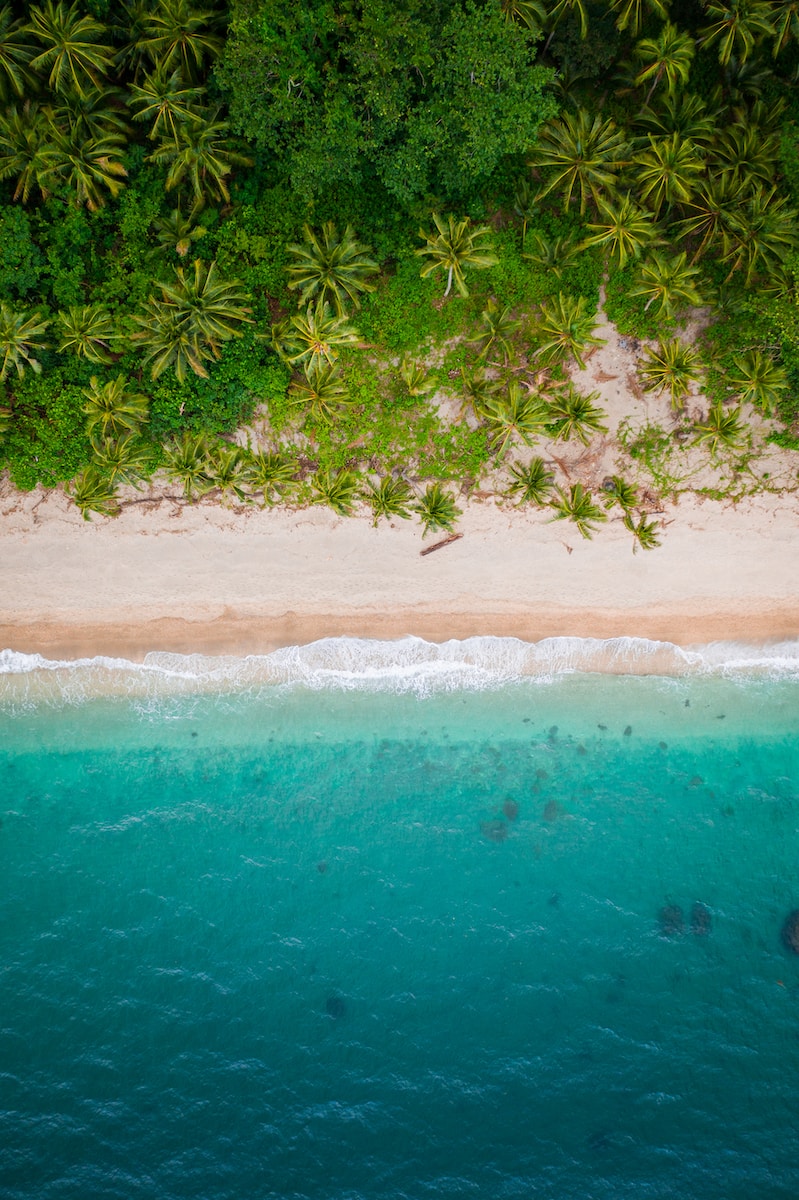
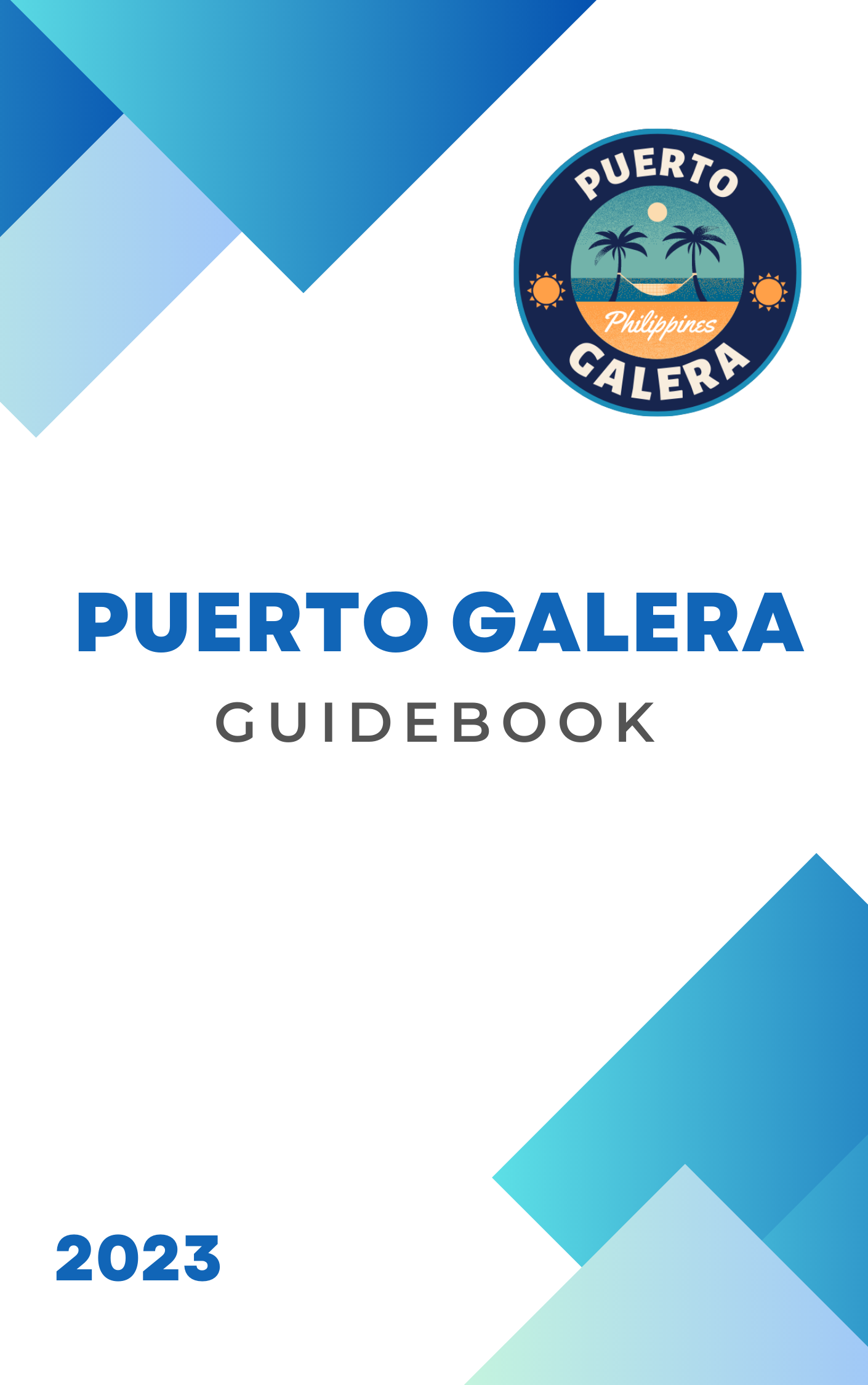
![Isora Resort [Review]](https://www.puertogalera.ph/wp-content/uploads/2023/07/d7m5xramf8g.jpg)
